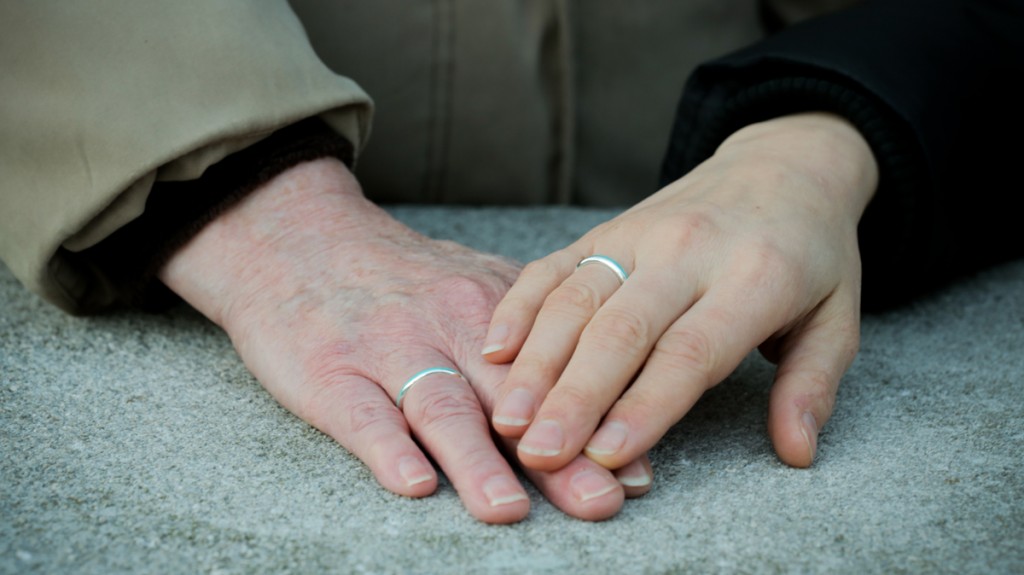Today, May 1st, kicks off Lyme Disease Awareness Month. I will be tweeting a new fact about this disabling illness everyday in an attempt to educate the public and the medical profession about the devastating effects of this disease. I hope you will join me in my efforts. Let’s make May, 2014 the most successful Lyme Disease Awareness Month in our country to date!
1. Lyme Disease is “The Great Imitator,” mimicking over 300 diseases like ALS, MS, Parkinson’s, Alzheimer’s and Rheumatoid Arthritis.
2. Lyme Disease is named after Lyme, Connecticut, the town in which it was first discovered.
3. The first known cases of this disease occurred in 1975 amongst a group of children and adults in Lyme, CT.
4. The first Lyme Disease sufferers displayed unusual arthritic symptoms.
5. In 1982, Borrelia Burdorferi, the bacteria that causes Lyme Disease, was discovered.
6. In 1982, The Arthritis Foundation developed the first brochure on Lyme Disease.
7. Federal funding became available for Lyme Disease research, education and surveillance in 1991. I am unable to locate figures of this initial funding, but I was able to track down some statistics for the current year. According to PLOS, a peer-reviewed, open-access medical journal, Lyme Disease is 6 times more prevalent than AIDS in US. For 2014, the federal government has budgeted $23.2 billion for domestics AIDS research, education and programs. For Lyme Disease treatment, prevention and education, the government has budgeted a paltry sum of $9 million. Yes, $9 million to an epidemic that is 6 times more common than AIDS.
8. From 1998-2001, an attempt was made to make a Lyme Disease vaccine.
9. Lyme Disease is the most common tick borne illness in the Northern Hemisphere.
10. In 2013, the CDC released a statistic stating 300,000 people are diagnosed with Lyme Disease each year in the United States. That was 10 times the amount of people than the CDC had previously reported.
11. Pets can also contract Lyme Disease. A unique characteristic about this illness in dogs is that symptoms don’t start to appear until 2-5 months after the initial infectious buy soma medicine bite.
12. Lyme Disease is most often contracted in the months of May through August.
13. Lyme Disease cases have been reported in all 50 states.
14. Lyme Disease has been reported on every continent in the world except Antarctica.
15. 25% of reported cases of Lyme Disease occur in children.
16. Typically, Lyme Disease is transmitted through a bite of an infected dear tick.
17. Most ticks carry multiple disease-causing pathogens called co-infections.
18. A single tick can host up to 30 different pathogens such as Bartonella, Babesia and Mycoplasma.
19. Ticks as small as a poppy seed can deliver a bite that goes undetected.
20. Some mosquitos, flies, mites, fleas rabbits, rodents and birds have also been found to carry the Lyme Disease bacteria.
21. Less than 50% of infected people exhibit the classic bullseye rash.
22. The acute stages of the infection may present as flu-like symptoms. However, many people will remain symptom free for a time, but can develop Lyme symptoms months, years or decades later.
23. The spiral-shaped Lyme bacteria is hard to detect and hard to kill.
24. Health insurance often does not cover treatment for Chronic Lyme Disease sufferers.
25. The medical community is in opposition over diagnosis and treatment guidelines for Lyme Disease.
26. The most common methods of testing for Lyme Disease are the ELISA and the Standard Western Blot Tests.
27. The ELISA and the Standard Western Blot tests are often not sensitive enough to detect Lyme Disease.
28. Improved testing does exist through labs IgeneX and Fry, but patients are often left to self navigate getting these tests done.
29. The current treatment guidelines suggest that a 2-4 week course of antibiotics should be sufficient to “cure” Lyme Disease.
30. The current guidelines do not take into account duration of time one has had the illness, involvement of co-infections or that the Lyme bacteria can evade detection by the antibiotics and remain undetected from the immune system.
31. If you suspect you may have Lyme Disease, An LLMD, (Lyme Literate Medical Doctor) is specially trained in the diagnosis and treatment of Lyme Disease.
#lymediseaseawareness











